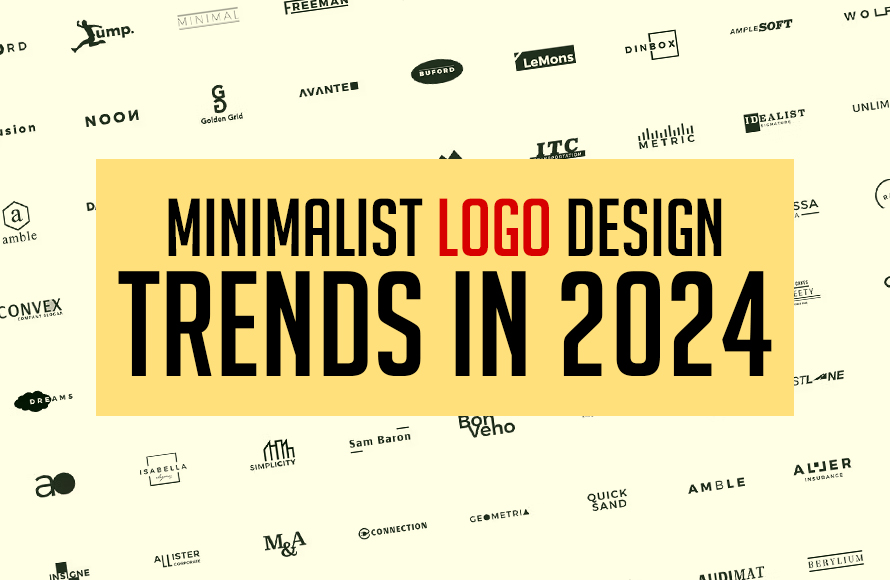In the dynamic landscape of graphic design, simplicity reigns supreme. As we venture into 2024, minimalist logo design continues to hold its ground as a timeless and influential trend. In this article, we’ll delve into the art of simplicity, uncovering the essence of minimalist logo design and exploring the trends shaping the industry this year.
Embracing Minimalism: The Essence of Minimalist Logo Design
Minimalism in logo design is more than just a visual style; it’s a philosophy that advocates for clarity, elegance, and functionality. At its core, minimalist logos strip away excess elements, leaving behind only the essentials. This approach emphasizes clean lines, negative space, and precise typography to convey a brand’s identity succinctly.
In today’s cluttered digital landscape, minimalist logos offer a breath of fresh air. They have the power to communicate a brand’s message with clarity and impact, making them instantly recognizable in a sea of visual noise. By distilling complex ideas into simple forms, minimalist logos leave a lasting impression on viewers, transcending cultural and linguistic barriers.
Evolution of Minimalist Logo Design Trends
While the principles of minimalism remain constant, the trends within this design paradigm continue to evolve. In 2024, we see several key trends shaping the world of minimalist logo design:
1. Geometric Precision
Geometric shapes are at the forefront of minimalist logo design trends. From perfect circles to clean lines and precise angles, geometric elements add a sense of order and harmony to logos. This trend emphasizes symmetry and balance, creating visually striking designs that resonate with modern audiences.
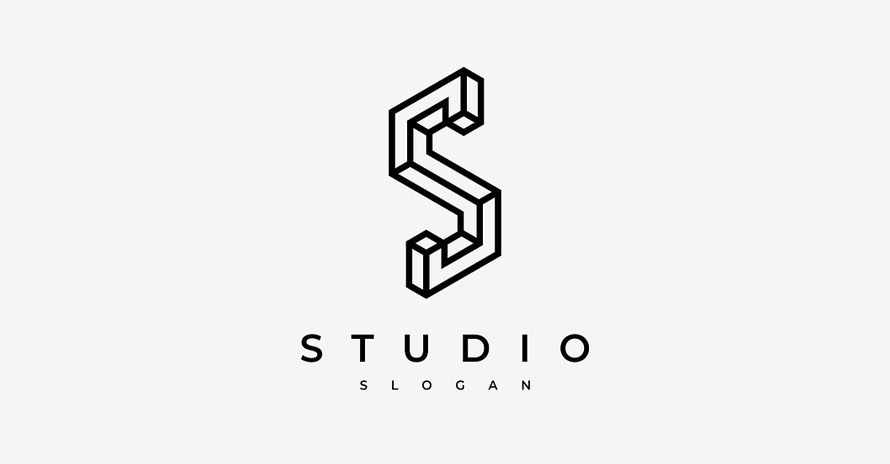
2. Monoline Logos
Monoline logos, characterized by single-weight lines and minimal detailing, are gaining popularity in 2024. These logos exude simplicity and sophistication, relying on elegant linework to convey the brand’s identity. Monoline designs are versatile and timeless, making them ideal for businesses across various industries.
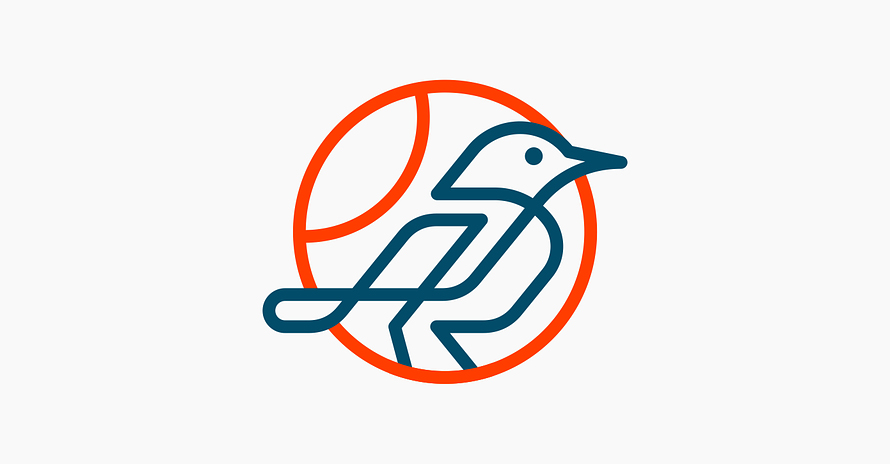
3. Negative Space Mastery
The judicious use of negative space is a hallmark of minimalist logo design. In 2024, designers are pushing the boundaries of negative space, using it to create clever optical illusions and hidden meanings within logos. By harnessing the power of negative space, designers can craft logos that are both visually captivating and conceptually rich.
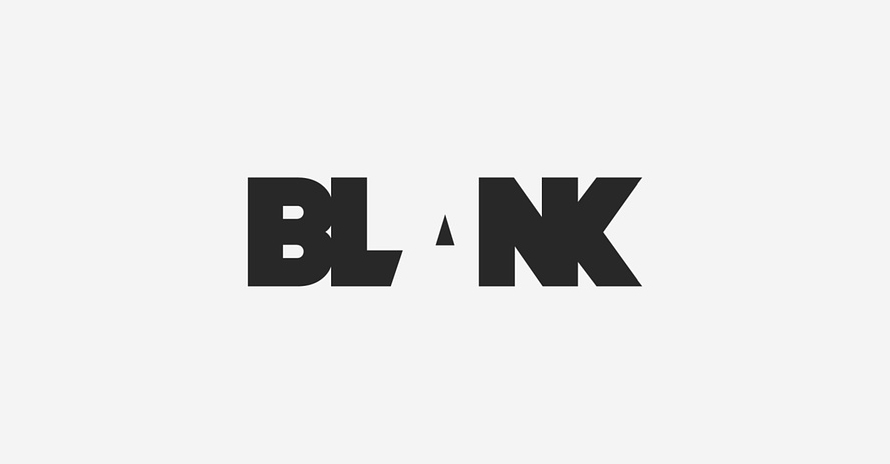
4. Typographic Brilliance
Typography plays a crucial role in minimalist logo design, with many brands opting for wordmarks or lettermarks to represent their identity. In 2024, we see a focus on custom typography, with designers creating bespoke letterforms that capture the essence of the brand. Whether sleek and modern or timeless and classic, typographic logos make a bold statement in the minimalist design landscape.

Conceptualizing Minimalist Logo Design
Minimalist logo design begins with a deep understanding of the brand’s identity and values. Designers embark on a journey of exploration, seeking to distill the essence of the brand into its purest form. This process often involves simplifying complex ideas into simple shapes, symbols, or typographic elements that encapsulate the brand’s identity succinctly.
1. Simplicity as the Ultimate Sophistication
Leonardo da Vinci famously said, “Simplicity is the ultimate sophistication.” This sentiment rings true in minimalist logo design, where simplicity isn’t just a stylistic choice—it’s a strategic imperative. By eliminating clutter and focusing on the essential elements, minimalist logos achieve a level of sophistication that transcends trends and stands the test of time.
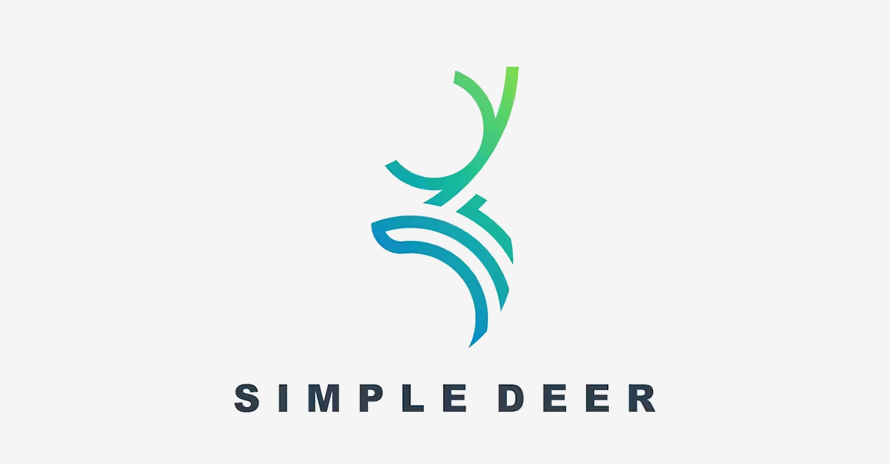
2. Less is More: The Power of Negative Space
One of the defining features of minimalist logo design is the strategic use of negative space. Negative space, also known as white space, refers to the empty space around and between the elements of a design. In minimalist logos, negative space is harnessed to create visual balance, depth, and meaning. By leveraging the power of negative space, designers can imbue logos with subtle nuances and hidden messages, adding layers of complexity to seemingly simple designs.
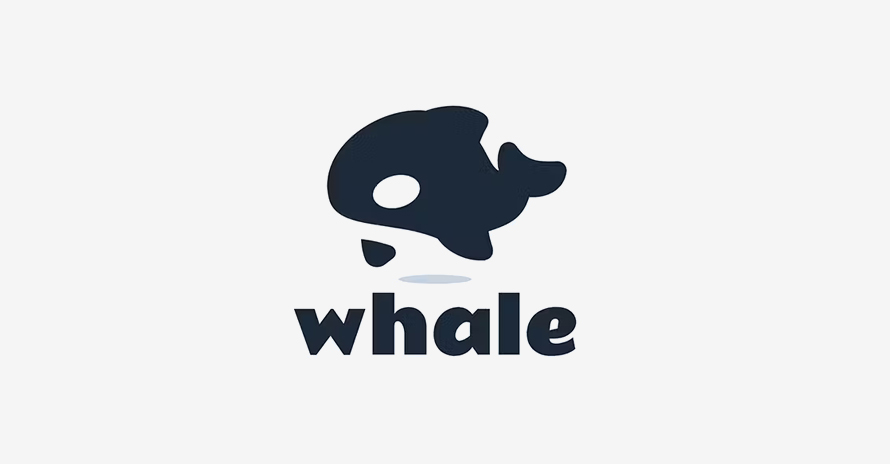
3. Symbolism and Semiotics
Minimalist logos rely heavily on symbolism and semiotics to convey meaning in a concise and impactful manner. Every shape, line, and curve carries significance, evoking associations and emotions in the viewer’s mind. Whether it’s a geometric shape representing stability and balance or a stylized letterform conveying innovation and creativity, minimalist logos speak a universal language that transcends cultural and linguistic barriers.
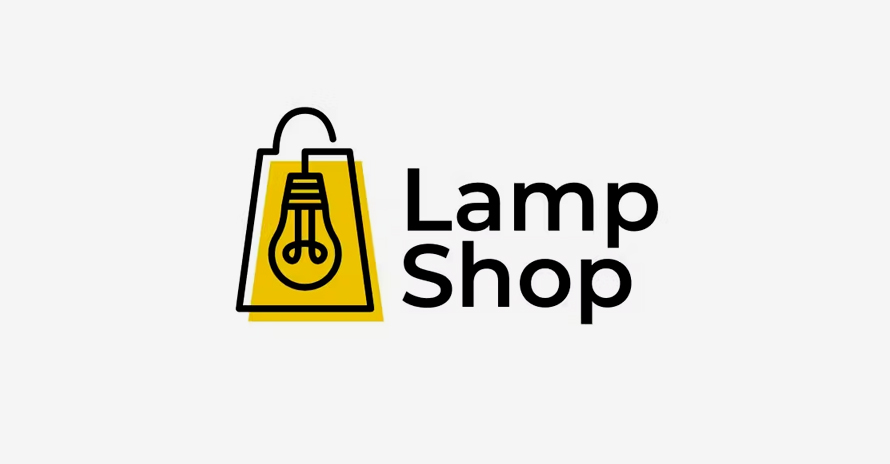
Integrating Minimalist Concepts into Design
Beyond logo design, the principles of minimalism extend to all aspects of graphic design, from websites and packaging to advertising and branding collateral. By adopting a minimalist mindset, designers can create designs that are visually compelling, user-friendly, and emotionally resonant.
1. Clean Lines and Simple Shapes
In minimalist design, less is more. Clean lines, simple shapes, and geometric forms take center stage, creating designs that are visually striking yet elegantly understated. By eliminating unnecessary ornamentation and embellishment, minimalist designs achieve a sense of purity and clarity that captivates the viewer’s attention.
2. Typography as Art
Typography plays a crucial role in minimalist design, with many designers opting for clean, sans-serif fonts that complement the overall aesthetic. From bold headlines to delicate body text, typography becomes a form of visual expression, conveying tone, personality, and emotion. In minimalist design, typography isn’t just a functional element—it’s a work of art in its own right.
3. Color Palette and Contrast
Minimalist design often employs a limited color palette, with designers opting for neutral tones and subtle gradients to create depth and dimension. By focusing on contrast and hierarchy, designers can guide the viewer’s eye and draw attention to key elements within the design. Whether it’s a pop of color against a monochromatic background or a subtle shift in tone to indicate depth, color plays a pivotal role in minimalist design.
The Impact of Minimalist Logos

Beyond aesthetics, minimalist logos have a profound impact on brand perception and recognition. By distilling a brand’s identity into its purest form, minimalist logos foster a sense of authenticity and memorability. They resonate with audiences on a subconscious level, evoking emotions and associations that linger long after the initial encounter.
Moreover, minimalist logos adapt seamlessly to various applications and platforms, from digital interfaces to print collateral. Their simplicity ensures legibility and scalability, allowing brands to maintain a consistent visual identity across diverse touchpoints. In an era of rapid technological advancement, this adaptability is invaluable, ensuring that minimalist logos remain relevant and effective in the digital age.
Conclusion: The Enduring Appeal of Minimalist Design
In conclusion, minimalist logo design continues to captivate audiences and inspire designers in 2024. Its timeless allure lies in its ability to communicate complex ideas with simplicity and elegance. By embracing minimalist principles and staying attuned to evolving trends, designers can create logos that stand the test of time and resonate with audiences around the globe.
As we navigate an increasingly cluttered visual landscape, the art of simplicity remains a beacon of clarity and distinction. In the realm of logo design, minimalism isn’t just a trend—it’s a timeless philosophy that continues to shape the way we perceive and interact with brands. So, whether you’re a seasoned designer or a budding entrepreneur, remember the power of simplicity and let it guide you on your creative journey.
(Visited 287 times, 3 visits today)

